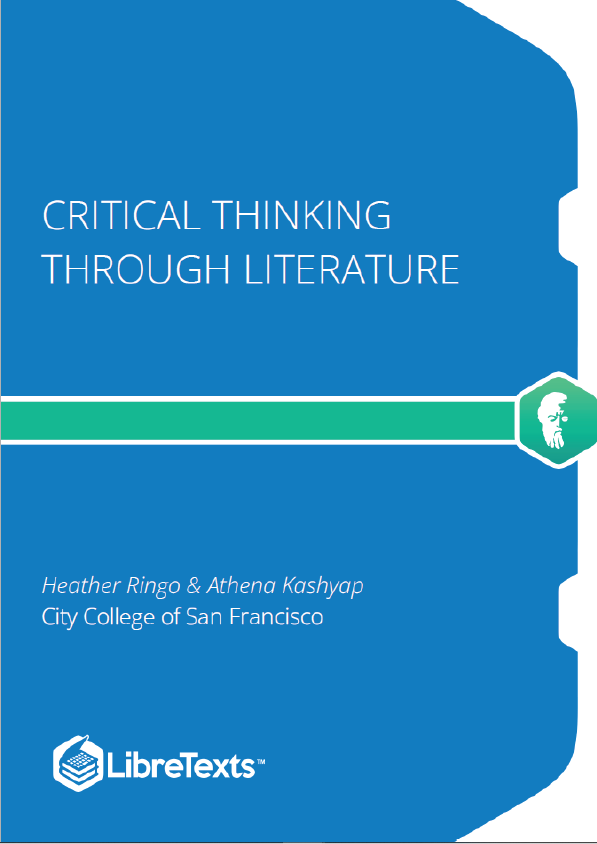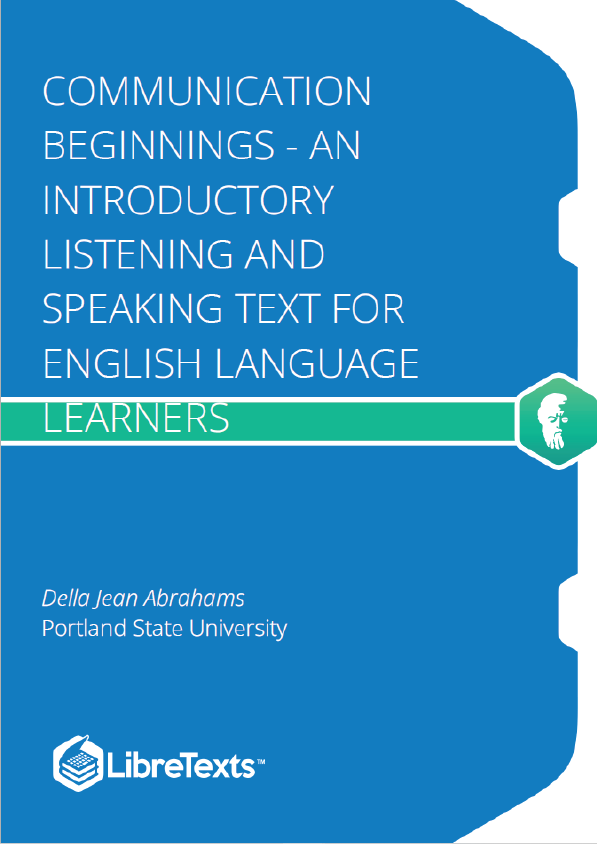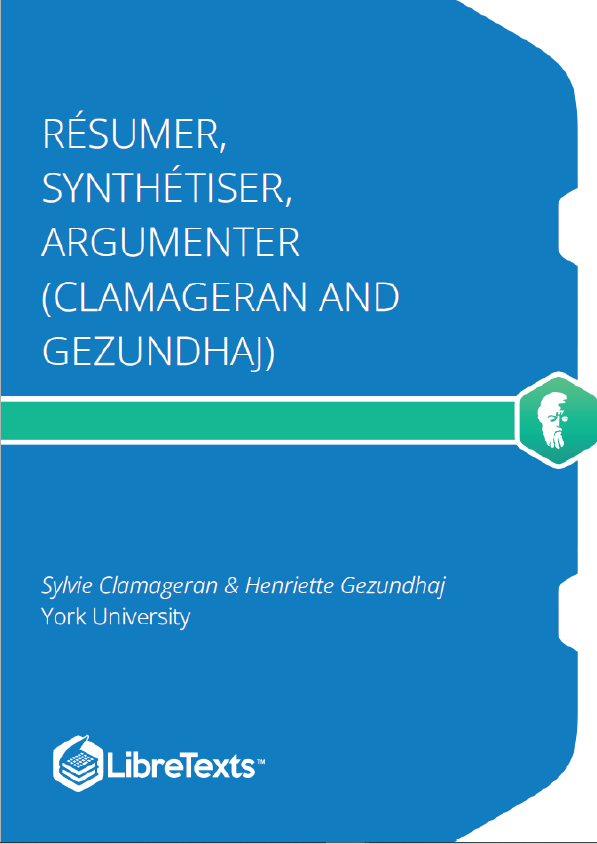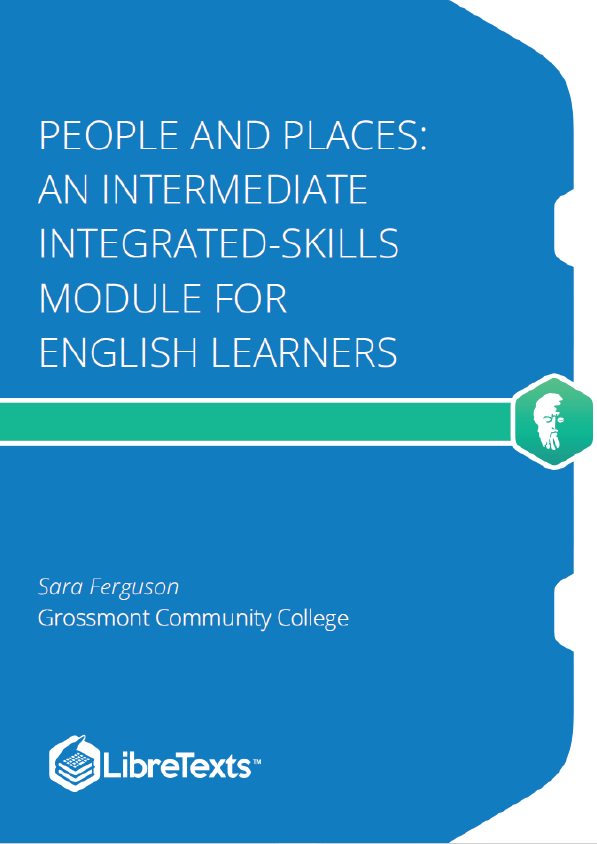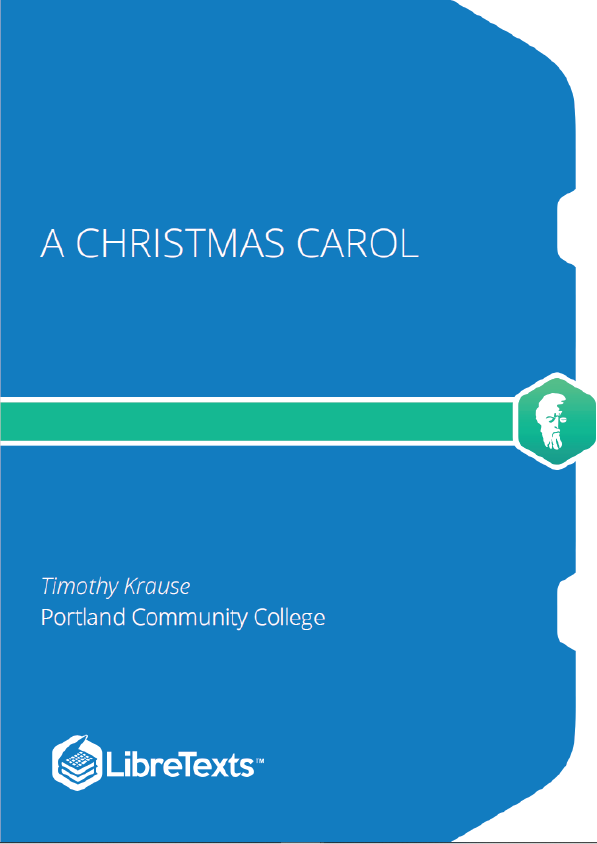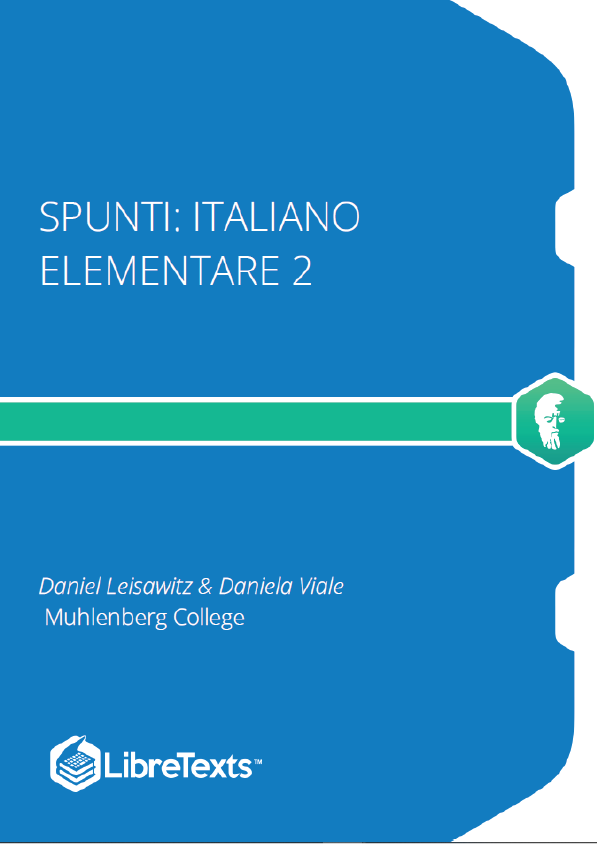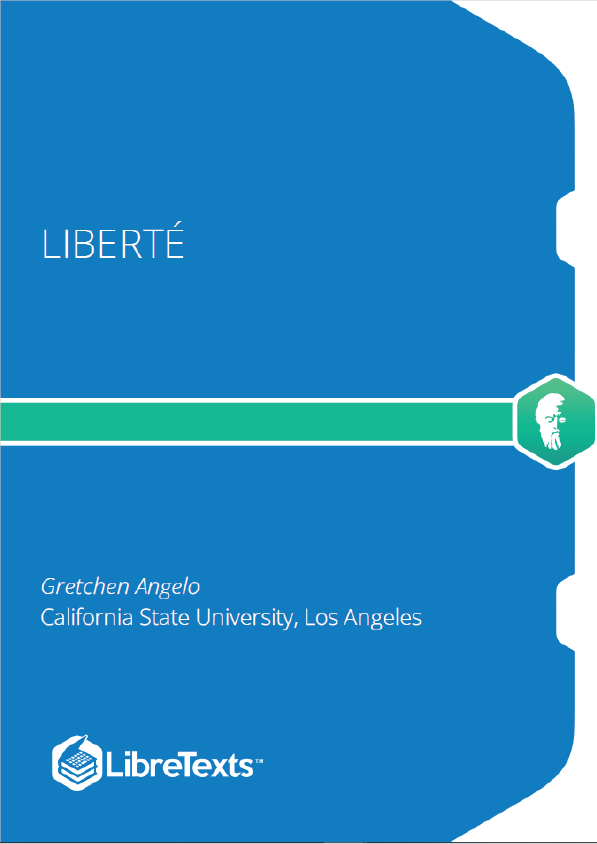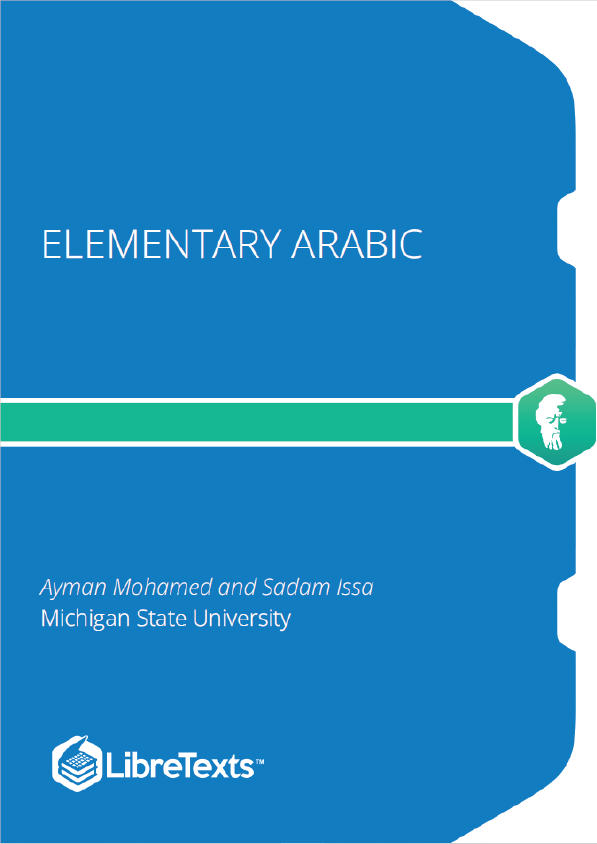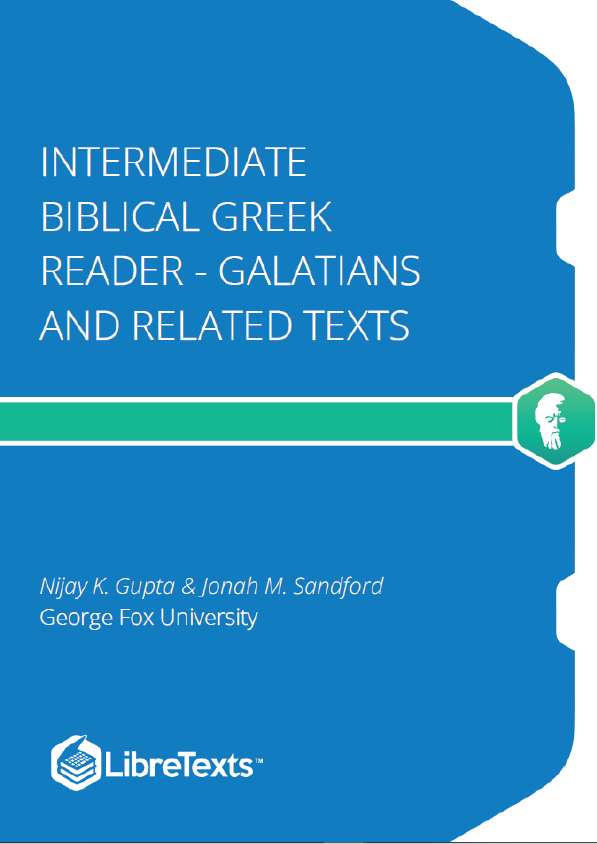This textbook is intended to replace the current often costprohibitive textbooks in required community college literature classes; specifically, ENGL 110: Argumentative Writing and Critical Thinking Through Literature. Thus, the authors of this textbook have attempted to include all materials necessary to meet the needs of such a classroom, including an anthology encompassing texts from each major literary genre, literary criticism, a writing guide, and a dictionary of literary terms. A straight read-through of the textbook, we hope, will give students a strong introduction and foundation in reading and writing about literary texts. That being said, in order to meet the many diverse needs of instructors, and in an attempt to include different types of readings, there is much more material within this book than can feasibly be read in a single semester. Thus, instructors are encouraged to choose which texts best suit their classroom needs.
Defining Literature
In order for us to study literature with any kind of depth, first we must decide what constitutes literature. While works like William Shakespeare’s Romeo and Juliet and Harper Lee’s To Kill a Mockingbird are almost universally accepted as literature, other works are hotly debated, or included or excluded based on the context. For example, while most consider Toni Morrison’s Beloved literature, others debate whether more recent publications such as David Mitchell’s Cloud Atlas or Rupi Kaur’s Instagram poetry constitute literature. And what about the stories told through tweets, like Jennifer Egan’s “Black Box”? What about video games, like Skyrim, or memes, like Grumpy Cat?
Students often throw their hands up in the air over such distinctions, arguing literature is subjective. Isn’t it up to individual opinion? Anything can be literature, such students argue. At first glance, it could seem such distinctions are, at best, arbitrary. At worst, such definitions function as a means of enforcing cultural erasure.
However, consider a story about Kim Kardashian’s plastic surgery in People Magazine. Can this be considered on the same level of literary achievement as Hamlet? Most would concede there is a difference in quality between these two texts. A blurb about Kim Kardashian’s latest plastic surgery, most would agree, does not constitute literature. So how can we differentiate between such works?
can define what constitutes literature is by identifying what is definitely not literature. For our intents and purposes of defining most terms in this textbook, we will use the Oxford English Dictionary’s definitions. Many professors who teach Literature use the concept of Big L Literature vs. little l literature (Rollison).
